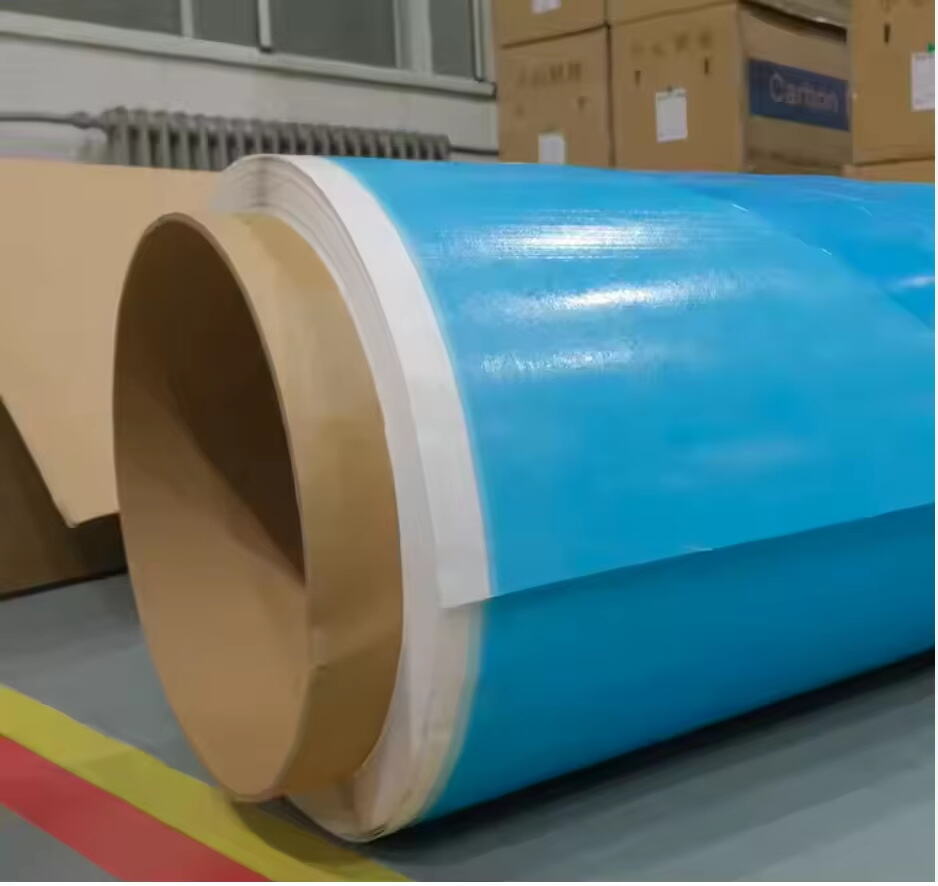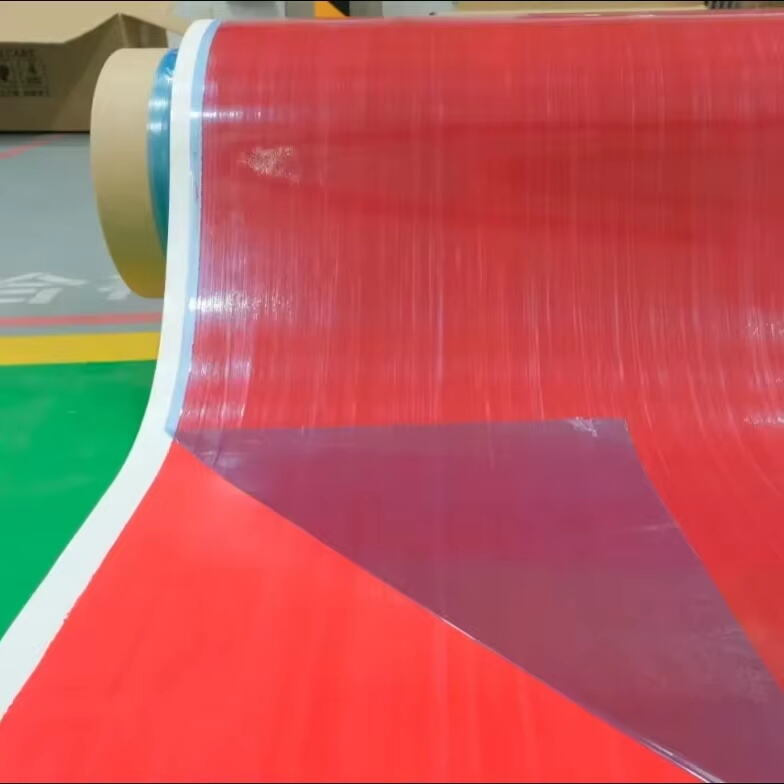The Evolution of Composite Manufacturing Technology
The manufacturing landscape has witnessed a remarkable transformation with the adoption of advanced composite materials. Among these innovations, fiberglass prepreg has emerged as a game-changing material that continues to revolutionize mass production processes across multiple industries. This versatile material combines glass fibers with partially cured resin systems, offering manufacturers unprecedented advantages in terms of consistency, efficiency, and end-product quality.
The journey of fiberglass prepreg from a specialized material to a mainstream manufacturing solution reflects the industry's growing demand for lighter, stronger, and more cost-effective components. As production volumes increase and quality standards become more stringent, manufacturers are discovering that fiberglass prepreg provides the perfect balance of performance and processability.
Key Benefits Driving Industrial Adoption
Superior Quality Control and Consistency
In mass production environments, consistency is paramount. Fiberglass prepreg delivers exceptional uniformity in resin content and fiber distribution, ensuring that every component meets strict quality standards. The precise resin-to-fiber ratio is controlled during the prepregging process, eliminating the variability often associated with wet layup methods.
Manufacturing facilities benefit from the predictable behavior of fiberglass prepreg during processing, leading to fewer defects and reduced scrap rates. This consistency translates directly into cost savings and improved production efficiency, making it an attractive option for high-volume manufacturing operations.
Streamlined Production Process
The pre-impregnated nature of fiberglass prepreg significantly reduces handling time and labor requirements. Workers can quickly cut and lay up materials without the mess and complexity of manual resin application. This streamlined approach not only accelerates production but also minimizes the risk of human error during the manufacturing process.
Additionally, the controlled cure cycle of fiberglass prepreg allows for optimized production scheduling and better resource utilization. Manufacturers can precisely plan their production cycles, knowing that the material properties remain stable and predictable throughout the process.

Manufacturing Efficiency and Cost Benefits
Reduced Material Waste
Fiberglass prepreg's uniform composition and precise resin content significantly reduce material waste compared to traditional manufacturing methods. The ability to accurately calculate material requirements and optimize cutting patterns leads to better material utilization and lower production costs.
Furthermore, the stable shelf life of properly stored fiberglass prepreg allows manufacturers to maintain efficient inventory levels without concerns about material degradation. This aspect of material management contributes to overall cost savings and production reliability.
Enhanced Production Speed
The quick layup and processing capabilities of fiberglass prepreg enable manufacturers to achieve faster production cycles. The elimination of time-consuming manual resin application and the ability to automate various aspects of the manufacturing process result in significantly higher throughput rates.
Modern manufacturing facilities can leverage advanced automation systems with fiberglass prepreg, further increasing production efficiency. Automated cutting, layup, and forming processes become more reliable and precise when working with this consistent material.
Technical Advantages in Product Performance
Mechanical Properties and Durability
Fiberglass prepreg offers exceptional mechanical properties that make it ideal for demanding applications. The controlled fiber orientation and resin content result in components with superior strength-to-weight ratios and excellent fatigue resistance. These characteristics are particularly valuable in industries such as automotive, aerospace, and renewable energy.
The durability of products manufactured with fiberglass prepreg extends their service life and reduces maintenance requirements. This long-term reliability is a crucial factor in the material's growing adoption across various industrial sectors.
Design Flexibility and Integration
The versatility of fiberglass prepreg allows manufacturers to create complex geometries and integrated features that would be difficult or impossible to achieve with traditional materials. This design freedom enables the consolidation of parts and the optimization of component performance while maintaining manufacturing efficiency.
Engineers can take advantage of fiberglass prepreg's moldability to develop innovative solutions that meet specific application requirements without compromising producibility in mass manufacturing settings.
Environmental and Safety Considerations
Reduced Environmental Impact
The controlled nature of fiberglass prepreg manufacturing processes results in lower volatile organic compound (VOC) emissions compared to wet layup methods. This environmental advantage aligns with increasingly stringent regulations and corporate sustainability goals.
Additionally, the material's durability and potential for recycling contribute to a more sustainable manufacturing ecosystem. Many manufacturers are finding that fiberglass prepreg helps them meet both their production and environmental objectives.
Workplace Safety Improvements
The use of fiberglass prepreg creates a cleaner, safer work environment by eliminating the handling of liquid resins and reducing exposure to harmful chemicals. Workers benefit from reduced contact with hazardous materials and improved air quality in production areas.
These safety advantages not only protect worker health but also contribute to better workplace satisfaction and reduced liability risks for manufacturers.
Frequently Asked Questions
What storage conditions are required for fiberglass prepreg?
Fiberglass prepreg typically requires controlled temperature storage, usually at or below freezing temperatures, to prevent premature curing. Proper storage management and material rotation practices are essential for maintaining optimal material properties and maximizing shelf life.
How does fiberglass prepreg compare to carbon fiber prepreg in mass production?
While both materials offer excellent properties, fiberglass prepreg generally provides a more cost-effective solution for mass production applications where extreme light weight is not critical. It offers an optimal balance of performance, processability, and cost that makes it particularly suitable for high-volume manufacturing.
What industries are the primary users of fiberglass prepreg?
The automotive, aerospace, renewable energy, and sporting goods industries are major users of fiberglass prepreg. Its combination of performance characteristics, manufacturing efficiency, and cost-effectiveness makes it particularly valuable in these sectors where high-volume production of quality components is essential.


